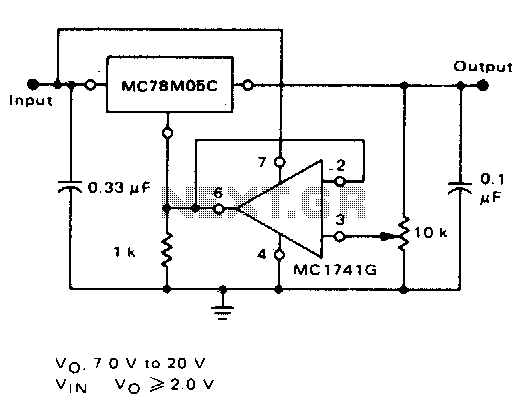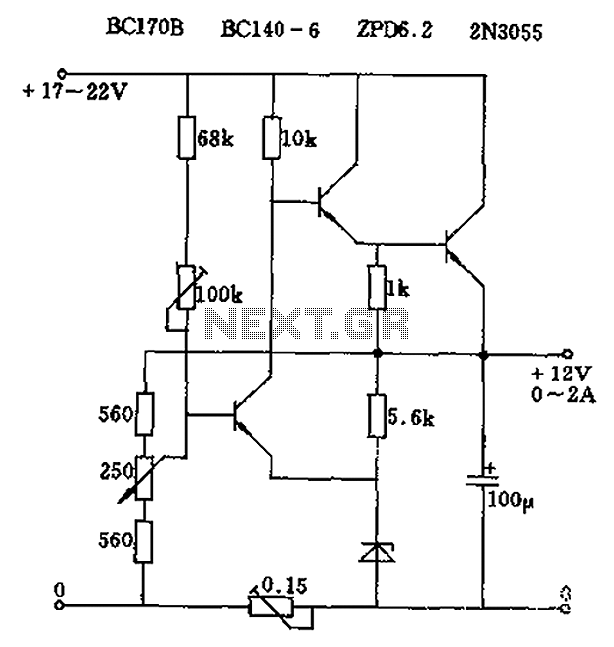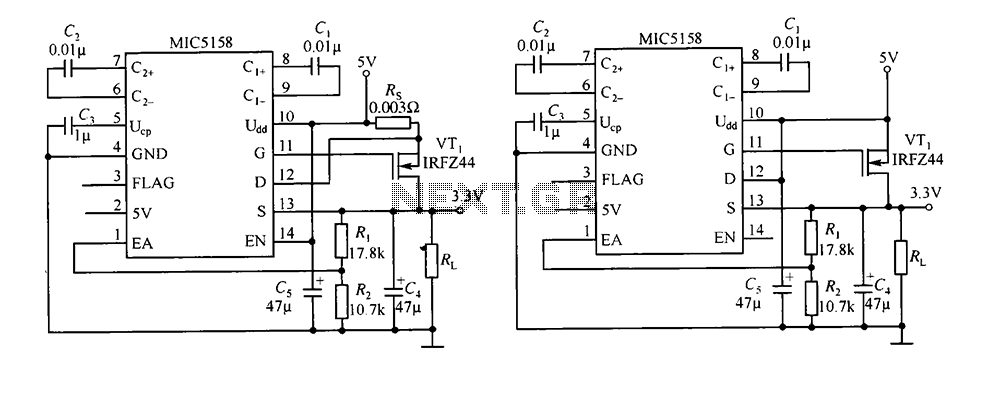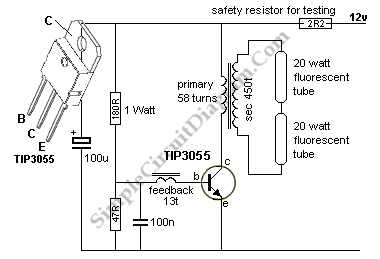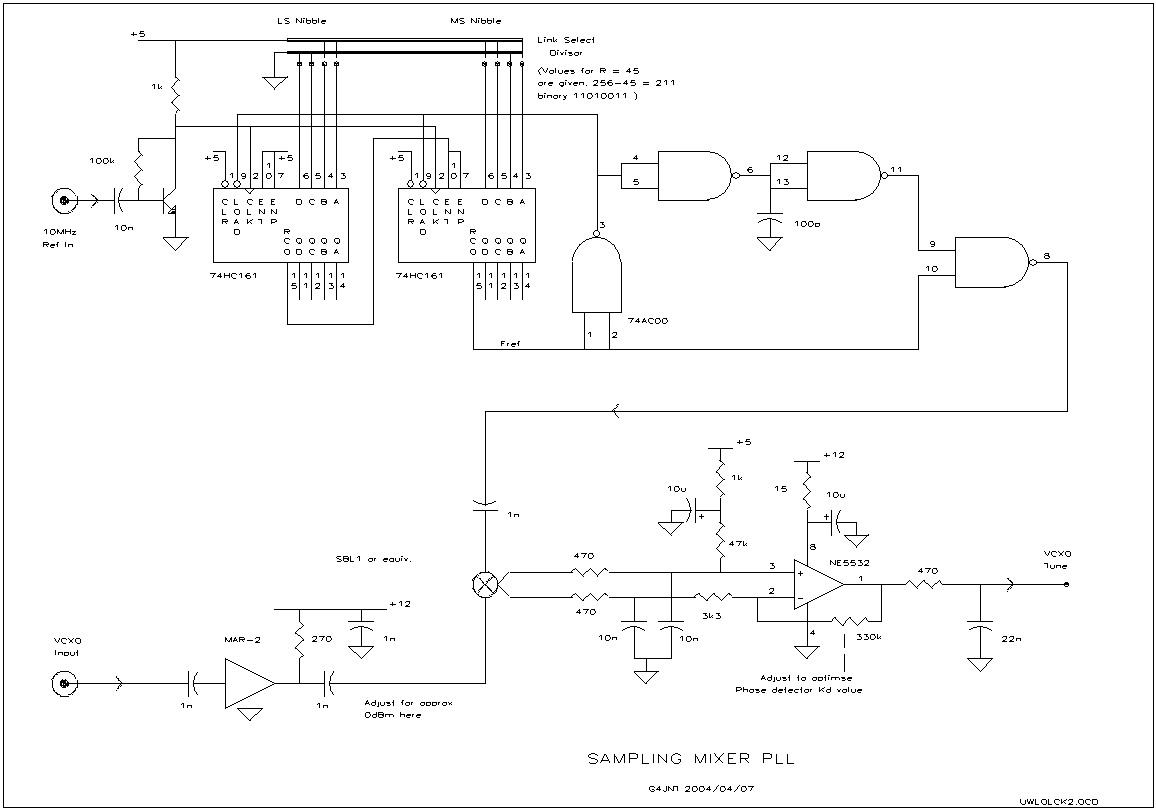
12vdc to 220vac inverter with sine wave output

In DA3, DA5, VT1, and VT2, the first channel of the VLF Class D amplifier is assembled. The second channel is constructed using DA4, DA7, VT3, and VT4. Antiphase sine waves in the VLF range are formed at the outputs of both the first and second channels.
The described circuit consists of two channels that operate in a Class D configuration, commonly used for efficient amplification of low-frequency signals, particularly in the Very Low Frequency (VLF) range. Each channel is composed of a combination of diodes (DA3, DA5 for the first channel and DA4, DA7 for the second channel) and transistors (VT1, VT2 for the first channel and VT3, VT4 for the second channel).
The diodes serve to rectify and shape the input signals, ensuring that only the desired portions of the waveform are amplified. The transistors act as the primary amplifying elements, switching on and off rapidly to create a pulse-width modulated (PWM) signal that corresponds to the input sine wave. This method of amplification is highly efficient, as it minimizes power loss in the form of heat.
The outputs of the two channels produce sine waves that are 180 degrees out of phase with each other. This antiphase output is critical for applications that require differential signaling or for driving a load that benefits from such a configuration, such as a push-pull driver for a speaker or other transducer.
The overall design requires careful consideration of component selection, including the characteristics of the diodes and transistors, to ensure optimal performance in the VLF range. Additionally, attention must be paid to the layout of the circuit to minimize interference and ensure stable operation. Proper filtering may also be necessary at the output to smooth the PWM signal into a clean sine wave, depending on the specific application requirements.In DA3, DA5, VT1, VT2 assembled the first channel of the VLF class D. The second channel, respectively, collected on DA4, DA7, VT3, VT4. At the output of the first and second channels are formed antiphase sine wave VLF 🔗 External reference
The described circuit consists of two channels that operate in a Class D configuration, commonly used for efficient amplification of low-frequency signals, particularly in the Very Low Frequency (VLF) range. Each channel is composed of a combination of diodes (DA3, DA5 for the first channel and DA4, DA7 for the second channel) and transistors (VT1, VT2 for the first channel and VT3, VT4 for the second channel).
The diodes serve to rectify and shape the input signals, ensuring that only the desired portions of the waveform are amplified. The transistors act as the primary amplifying elements, switching on and off rapidly to create a pulse-width modulated (PWM) signal that corresponds to the input sine wave. This method of amplification is highly efficient, as it minimizes power loss in the form of heat.
The outputs of the two channels produce sine waves that are 180 degrees out of phase with each other. This antiphase output is critical for applications that require differential signaling or for driving a load that benefits from such a configuration, such as a push-pull driver for a speaker or other transducer.
The overall design requires careful consideration of component selection, including the characteristics of the diodes and transistors, to ensure optimal performance in the VLF range. Additionally, attention must be paid to the layout of the circuit to minimize interference and ensure stable operation. Proper filtering may also be necessary at the output to smooth the PWM signal into a clean sine wave, depending on the specific application requirements.In DA3, DA5, VT1, VT2 assembled the first channel of the VLF class D. The second channel, respectively, collected on DA4, DA7, VT3, VT4. At the output of the first and second channels are formed antiphase sine wave VLF 🔗 External reference
